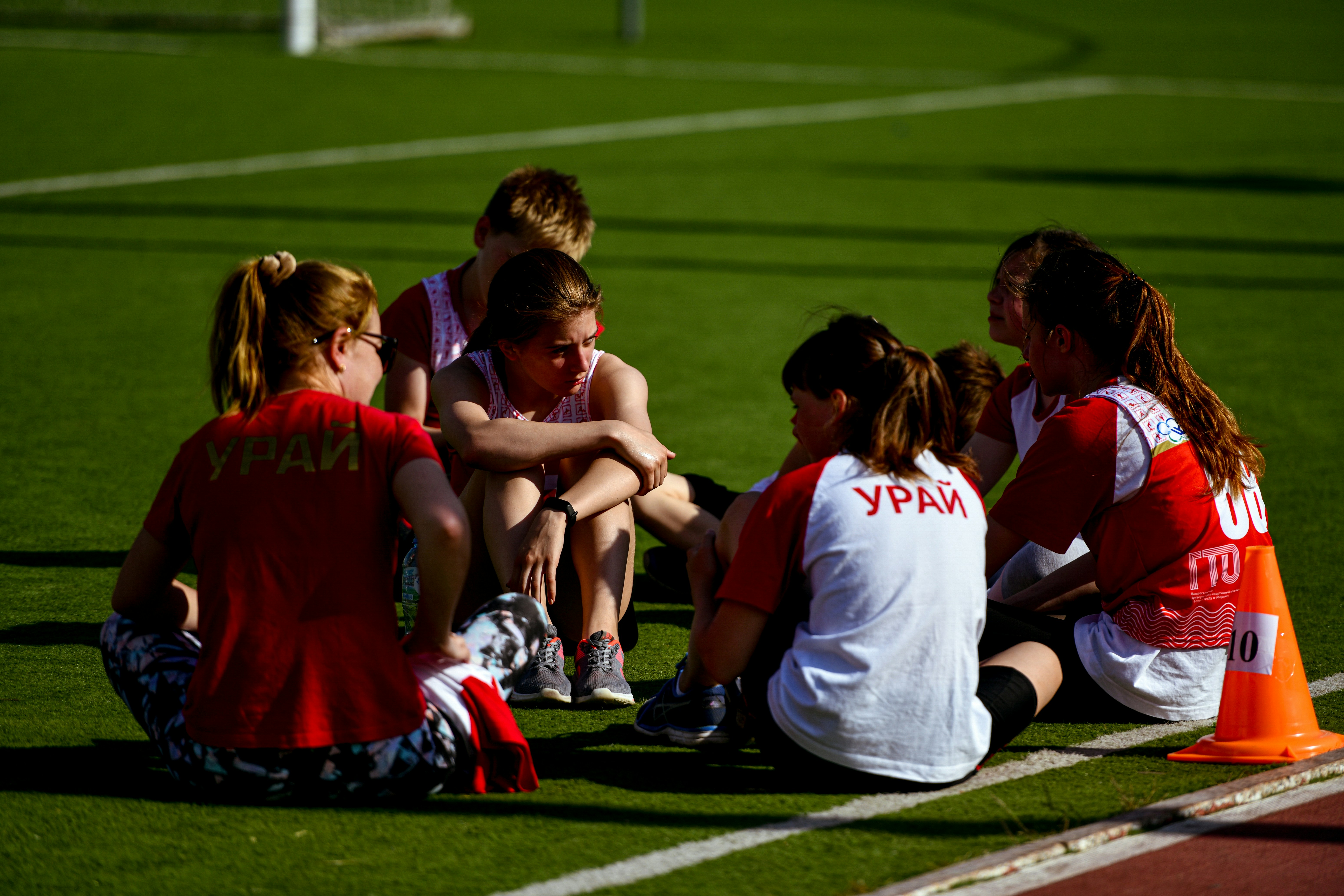Gamifying Your Fitness Journey: Conquer Workouts as Adventure Challenges
Have you ever found yourself dreading the gym, feeling unmotivated, or longing for a spark in your fitness routine? If so, you’re not alone. Millions struggle to stay engaged with their workouts, often viewing them as mundane tasks rather than exhilarating adventures. Enter the world of interactive fitness apps—the game-changers that are transforming workouts into exciting challenges and turning your fitness journey into a thrilling adventure.
The concept of gamifying your fitness journey is more than just a clever marketing strategy; it's a revolution in how we perceive and engage with exercise. By integrating game-like elements such as point systems, challenges, and rewards, fitness apps make workouts fun and engaging, tackling the monotony that plagues traditional exercises. In this expansive article, we'll explore the incredible potential of gamification in the fitness space, giving you insights into how interactive fitness apps can help you level up your health and motivation.
The Mechanics of Gamification in Fitness
At its core, gamification is about harnessing the principles of game design and applying them to non-gaming contexts. In the realm of health and fitness, this means creating an experience that is engaging, enjoyable, and rewarding. The elements typically involved in gamification include points, leaderboards, challenges, and badges. These components work together to inspire engagement and commitment.
Points and Rewards Systems
In fitness apps, points are often awarded for completing workouts, reaching milestones, or participating in challenges. This system mirrors the rewards found in video games, where tasks yield points that accumulate over time. As participants level up in the app, they gain access to new workouts, special challenges, or even rewards like discounts on fitness gear. Not only do these rewards encourage participation, but they also foster a sense of achievement that can translate into real-life confidence.
Challenges and Leaderboards
Many fitness apps create challenges that allow users to compete against themselves or their friends. Whether it's walking a certain number of steps per day, completing workouts in a week, or following nutrition plans, these challenges introduce an element of competition and accountability. Leaderboards add an extra layer of motivation, letting users see how they rank compared to others. This social aspect can drive engagement, as users strive to improve not just for themselves but in relation to their peers.
Badges and Achievements
Earning badges for completing specific milestones or challenges echoes the satisfaction linked with accomplishment that’s prevalent in gaming. Users feel a sense of pride when they unveil new badges for their achievements, which encourages continued use of the app. This simple but effective tactic transforms fitness into a series of attainable goals, making progress visible and exciting.
Real-World Examples of Gamification in Fitness Apps
1. Strava: The Social Network for Athletes
Strava is a prime example of how gamification serves to motivate users. This app not only tracks runs and bike rides but also features challenges and a leaderboard system where users can compete with friends and other athletes in their local areas. Strava's ability to connect users with social circles enhances motivation and engagement while offering virtual achievements to keep them invested.
2. Zombies, Run!
Imagine exercising while you immerse yourself in a gripping narrative. Zombies, Run! does just that, turning your run into an escape from a zombie apocalypse. As you navigate running routes, you collect supplies, complete missions, and experience an engaging story. By blending storytelling and fitness, this app demonstrates how creative gamification can profoundly deepen user engagement.
3. MyFitnessPal: Tracking and Rewards
While primarily known for its calorie-counting features, MyFitnessPal incorporates gamification by allowing users to set goals, track their progress, and earn achievements for meeting targets. This app creates a fun and engaging atmosphere around nutrition and wellness, positioning food logging and fitness as an interactive journey rather than a chore.
The Psychology Behind Gamification
Understanding the psychological aspects of gamification is crucial in comprehending why these techniques are effective in fitness contexts. Gamification taps into a variety of psychological theories, such as the Self-Determination Theory (SDT) and the Fogg Behavior Model.
Self-Determination Theory (SDT)
This psychological theory discusses the importance of intrinsic and extrinsic motivation. In gamification, elements like challenges and badges provide extrinsic motivation—offering users external rewards for their achievements while simultaneously fostering intrinsic enjoyment of the activity itself. The combination of both motivators can lead to improved performance, sustained behavior change, and ultimately, higher levels of engagement in fitness.
Fogg Behavior Model
This model asserts that behavior occurs when three elements converge: motivation, ability, and prompts. Gamification addresses these aspects by enhancing motivation through rewards, simplifying the ability to engage with fitness through user-friendly designs, and providing prompts via notifications about challenges or personal benchmarks to be reached.
Engaging with Virtual Reality and Augmented Reality
As technology continues to evolve, interactive fitness experiences will only become more immersive. Fitness apps that integrate Virtual Reality (VR) and Augmented Reality (AR) can deepen user engagement even further, adding an additional layer of gamification.
The Future is Here: VR Fitness
Imagine stepping into a virtual gym or battling monsters in alternate realities—all while getting a workout. VR fitness programs provide this kind of experience, allowing you to engage with your workouts in wholly new environments. VR enables users to explore vibrant and engaging worlds while climbing mountains or performing intense interval workouts in an engaging style. This highly interactive approach will likely draw more individuals toward a sustainable fitness lifestyle.
AR Innovations
Fitness apps that use AR technology can provide real-time feedback, showing users their form and technique while integrating exciting challenges. This aligns with existing behaviors in gaming where users receive immediate feedback on performance. Integrating AR into workouts offers motivation by combining play with physical exertion.
Building Fitness Communities Through Gamification
Moving beyond individual workouts, gamifying fitness encourages community-building and collaboration. Users can connect with friends and join teams, working together towards shared challenges and goals. The camaraderie fostered through these interactions transforms loneliness into teamwork, helping enhance motivation levels and satisfaction.
Social Encouragement
Social interaction can greatly affect workout consistency, and game-like elements provide a perfect pathway for creating supportive communities. Workshops, group challenges, and real-time performance tracking can all contribute to a user feeling less isolated in their fitness journey.
Online Events and Collaborations
Incorporating special partnerships and community events allows fitness apps to keep users excited. This could range from charity runs to group classes, all bringing users together towards common goals, thereby cultivating a sense of belonging.
Final Thoughts: Embrace the Adventure in Yourself
In today's fast-paced world, fitness can easily feel like just another chore on your long to-do list. But with the power of gamification, turning your fitness journey into an adventure filled with excitement and achievement has never been easier. By leveraging interactive fitness apps, you're not just exercising; you're playing a game that promotes health, camaraderie, and personal victory.
So get ready to dive into your next workout; it’s time to embrace your inner adventurer and conquer challenges like never before. Whether you're running from zombies, climbing virtual mountains, or competing with friends, remember that every small success counts on this journey—no matter how many points you earn!
To explore more about optimizing your workouts and the science behind gamification, you might want to check out Level Up Your Workout: The Gamification of Fitness Transformations or Boost Your Workout: The Art of Gamification in Fitness Routines for further insights.







